|
Your search criteria found 477 images Mission |
| My List |
Addition Date | Target |
Mission
|
Instrument | Size |

|
2003-05-09 |
Voyager Interstellar Mission |
3017x2494x3 | ||
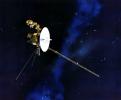
|
|||||

|
2018-10-03 |
Voyager Interstellar Mission |
1280x720x3 | ||
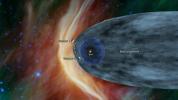
|
|||||

|
2018-12-10 |
Voyager Interstellar Mission |
1920x1080x3 | ||
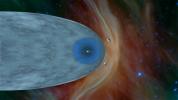
|
|||||

|
2018-12-10 |
Voyager Interstellar Mission |
1920x1080x3 | ||
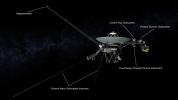
|
|||||

|
2018-12-10 |
Voyager Interstellar Mission |
3840x2160x3 | ||
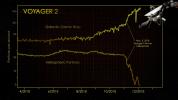
|
|||||

|
2018-12-10 |
Voyager Interstellar Mission |
1920x1080x3 | ||
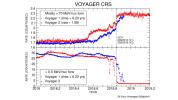
|
|||||

|
2018-12-10 |
Voyager Interstellar Mission |
1920x1080x3 | ||
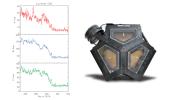
|
|||||

|
2018-12-10 |
Voyager Interstellar Mission |
1484x1920x3 | ||

|
|||||

|
2018-12-10 |
Voyager Interstellar Mission |
1920x1080x3 | ||
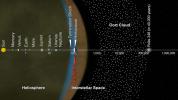
|
|||||

|
1996-06-03 | Io |
Voyager |
684x803x3 | |

|
|||||

|
1996-01-29 | Jupiter |
Voyager |
2000x536x3 | |

|
|||||

|
1996-01-29 | Io |
Voyager |
1160x1160x3 | |
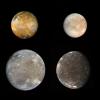
|
|||||

|
1996-08-29 | Earth |
Voyager |
565x790x3 | |

|
|||||

|
1996-02-01 | Jupiter |
Voyager |
VG ISS - Narrow Angle |
895x848x3 |
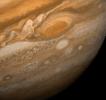
|
|||||

|
1996-01-29 | Jupiter |
Voyager |
VG Imaging Science Subsystem |
940x886x3 |
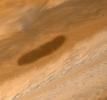
|
|||||

|
1996-08-09 | Europa |
Voyager |
400x400x3 | |
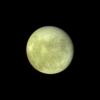
|
|||||

|
1996-01-29 | Jupiter |
Voyager |
760x876x3 | |

|
|||||

|
1996-01-29 | Jupiter |
Voyager |
Imaging Science Subsystem |
896x928x3 |

|
|||||

|
1996-01-29 | Jupiter |
Voyager |
908x880x3 | |
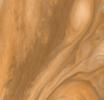
|
|||||

|
1996-01-29 | Jupiter |
Voyager |
908x880x3 | |
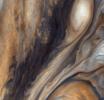
|
|||||

|
1999-08-31 | Io |
Voyager |
582x720x3 | |

|
|||||

|
1996-08-01 | Jupiter |
Voyager |
2798x2030x3 | |
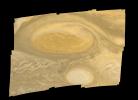
|
|||||

|
1996-01-29 | Io |
Voyager |
VG ISS - Narrow Angle |
1000x1000x3 |
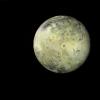
|
|||||

|
1996-01-29 | Saturn |
Voyager |
971x855x3 | |
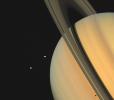
|
|||||

|
1996-01-29 | Saturn |
Voyager |
400x300x3 | |
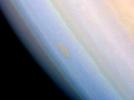
|
|||||

|
1996-01-29 | Saturn |
Voyager |
770x910x3 | |

|
|||||

|
1999-08-30 | Saturn |
Voyager |
652x461x3 | |
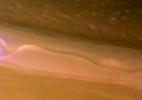
|
|||||

|
1996-09-26 | Dione |
Voyager |
VG ISS - Narrow Angle |
1200x1180x1 |
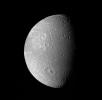
|
|||||

|
1996-09-26 | Jupiter |
Voyager |
Imaging Science Subsystem |
400x400x3 |
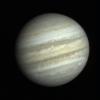
|
|||||

|
1996-01-29 | Saturn |
Voyager |
VG Imaging Science Subsystem |
1000x1000x3 |

|
|||||

|
1996-08-01 | Uranus |
Voyager |
VG ISS - Narrow Angle |
2000x1000x3 |
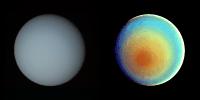
|
|||||

|
1996-01-29 | U Rings |
Voyager |
399x500x3 | |

|
|||||

|
1996-01-29 | Oberon |
Voyager |
500x500x3 | |
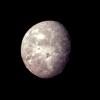
|
|||||

|
1996-01-29 | U Rings |
Voyager |
998x1499x1 | |

|
|||||

|
1996-01-29 | Titania |
Voyager |
VG ISS - Narrow Angle |
700x700x3 |
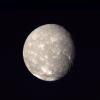
|
|||||

|
2000-06-02 | Ariel |
Voyager |
VG ISS - Narrow Angle |
800x800x1 |
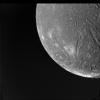
|
|||||

|
1996-01-29 | Miranda |
Voyager |
764x785x1 | |

|
|||||

|
1996-01-29 | Titania |
Voyager |
VG ISS - Narrow Angle |
640x760x1 |

|
|||||

|
1996-01-31 | Umbriel |
Voyager |
VG ISS - Narrow Angle |
400x400x1 |
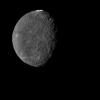
|
|||||

|
1996-01-29 | Ariel |
Voyager |
VG ISS - Narrow Angle |
845x650x3 |
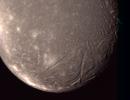
|
|||||

|
1999-08-30 | Miranda |
Voyager |
VG ISS - Narrow Angle |
459x600x3 |

|
|||||

|
1996-08-01 | Miranda |
Voyager |
2500x2200x1 | |
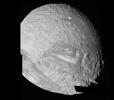
|
|||||

|
1996-01-29 | Miranda |
Voyager |
VG ISS - Narrow Angle |
1016x1002x1 |
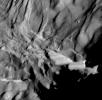
|
|||||

|
1996-01-29 | Neptune |
Voyager |
VG ISS - Narrow Angle |
400x970x1 |
|
|
|||||

|
1996-01-29 | Neptune |
Voyager |
VG ISS - Narrow Angle |
1000x1000x3 |
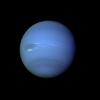
|
|||||

|
1996-01-29 | Neptune |
Voyager |
430x465x1 | |

|
|||||

|
1996-01-29 | Neptune |
Voyager |
VG ISS - Narrow Angle |
1200x1297x3 |

|
|||||

|
1998-01-08 | Neptune |
Voyager |
VG ISS - Narrow Angle |
1000x1000x3 |
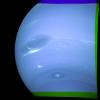
|
|||||

|
1996-01-29 | Neptune |
Voyager |
VG ISS - Narrow Angle |
884x698x3 |
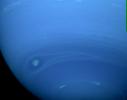
|
|||||

|
1996-01-29 | Neptune |
Voyager |
VG ISS - Wide Angle |
650x650x3 |
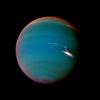
|
|||||

|
1999-08-30 | Neptune |
Voyager |
VG ISS - Narrow Angle |
700x852x3 |

|
|||||

|
1996-01-29 | N Rings |
Voyager |
VG ISS - Wide Angle |
785x1000x1 |

|
|||||

|
1996-01-29 | Nereid |
Voyager |
200x200x1 | |
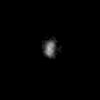
|
|||||

|
1996-01-29 | Neptune |
Voyager |
330x330x1 | |
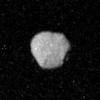
|
|||||

|
1996-09-26 | Triton |
Voyager |
VG ISS - Narrow Angle |
326x471x1 |

|
|||||

|
1996-01-29 | Neptune |
Voyager |
780x780x3 | |
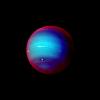
|
|||||

|
1996-01-29 | Neptune |
Voyager |
682x596x3 | |
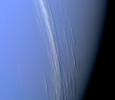
|
|||||

|
1996-09-26 | Triton |
Voyager |
VG ISS - Narrow Angle |
800x795x1 |
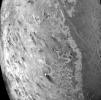
|
|||||

|
1996-09-26 | Triton |
Voyager |
VG ISS - Narrow Angle |
923x264x3 |

|
|||||

|
1996-01-29 | Triton |
Voyager |
1000x1000x1 | |
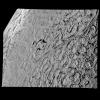
|
|||||

|
1996-01-29 | Neptune |
Voyager |
600x800x1 | |

|
|||||

|
1996-01-29 | Neptune |
Voyager |
VG ISS - Wide Angle |
844x732x3 |
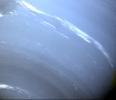
|
|||||

|
1996-01-29 | Neptune |
Voyager |
VG ISS - Narrow Angle |
934x722x1 |

|
|||||

|
1996-09-26 | Jupiter |
Voyager |
1471x1238x3 | |
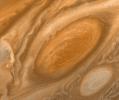
|
|||||

|
1996-08-12 | Callisto |
Voyager |
VG ISS - Narrow Angle |
2000x2000x3 |
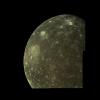
|
|||||

|
1996-01-29 | Ganymede |
Voyager |
VG ISS - Narrow Angle |
2000x2000x3 |
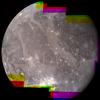
|
|||||

|
1996-01-29 | Miranda |
Voyager |
VG ISS - Narrow Angle |
789x768x1 |
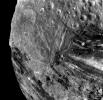
|
|||||

|
1996-01-29 | Miranda |
Voyager |
VG ISS - Narrow Angle |
774x787x1 |

|
|||||

|
1996-01-29 | U Rings |
Voyager |
VG ISS - Wide Angle |
782x763x1 |
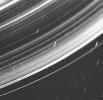
|
|||||

|
1996-01-29 | Uranus |
Voyager |
VG ISS - Wide Angle |
794x960x3 |

|
|||||

|
1996-01-29 | Jupiter |
Voyager |
VG ISS - Narrow Angle |
820x540x3 |
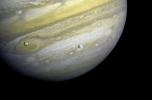
|
|||||

|
1997-01-09 | Jupiter |
Voyager |
VG ISS - Wide Angle |
800x800x1 |
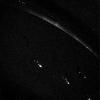
|
|||||

|
1996-03-13 | Jupiter |
Voyager |
VG ISS - Narrow Angle |
1000x1000x3 |
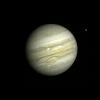
|
|||||

|
1998-06-04 | Triton |
Voyager |
4500x3500x3 | |
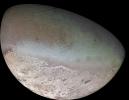
|
|||||

|
1998-06-04 | Io |
Voyager |
2572x1286x3 | |
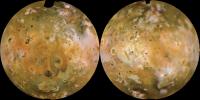
|
|||||

|
1998-06-04 | Io |
Voyager |
2468x1051x3 | |
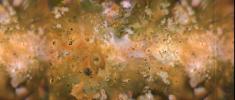
|
|||||

|
1998-06-04 | Io |
Voyager |
Imaging Science Subsystem |
1520x1400x3 |
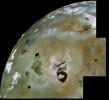
|
|||||

|
1998-06-04 | Io |
Voyager |
1240x1229x3 | |
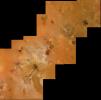
|
|||||

|
1998-06-04 | Io |
Voyager |
2625x1840x3 | |
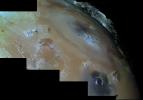
|
|||||

|
1998-06-04 | Io |
Voyager |
Imaging Science Subsystem |
1100x1292x3 |

|
|||||

|
1998-06-04 | Europa |
Voyager |
VG Imaging Science Subsystem |
3138x3138x3 |
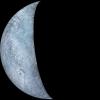
|
|||||

|
1998-06-04 | Io |
Voyager |
Imaging Science Subsystem |
2175x2810x3 |

|
|||||

|
1998-06-04 | Io |
Voyager |
718x800x3 | |

|
|||||

|
1998-06-04 | Triton |
Voyager |
1910x1268x3 | |
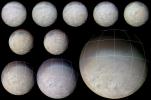
|
|||||

|
1998-06-04 | Ganymede |
Voyager |
VG ISS - Wide Angle |
1024x520x3 |
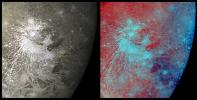
|
|||||

|
1999-06-19 | Saturn |
Voyager |
800x550x3 | |

|
|||||

|
1998-06-04 | Triton |
Voyager |
3000x3000x3 | |
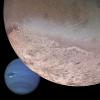
|
|||||

|
1998-06-04 | Jupiter |
Voyager |
840x840x3 | |
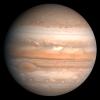
|
|||||

|
1998-06-04 | Triton |
Voyager |
1300x1280x3 | |
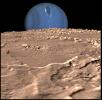
|
|||||

|
1998-06-04 | Uranus |
Voyager |
540x800x3 | |

|
|||||

|
1998-06-04 | Enceladus |
Voyager |
VG ISS - Narrow Angle |
1004x1004x3 |
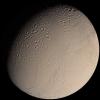
|
|||||

|
1998-06-04 | Iapetus |
Voyager |
VG ISS - Narrow Angle |
325x350x3 |

|
|||||

|
1998-06-04 | Saturn |
Voyager |
860x1230x3 | |

|
|||||

|
1996-07-17 | Ganymede |
Voyager |
VG ISS - Narrow Angle |
300x300x1 |
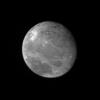
|
|||||

|
1996-07-17 | Ganymede |
Voyager |
VG ISS - Narrow Angle |
300x300x3 |
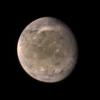
|
|||||

|
1999-03-15 | Ganymede |
Voyager |
VG ISS - Narrow Angle |
600x600x3 |
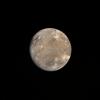
|
|||||

|
1996-07-17 | Ganymede |
Voyager |
VG ISS - Narrow Angle |
460x780x1 |

|
|||||

|
1999-02-06 | Ganymede |
Voyager |
VG ISS - Narrow Angle |
740x730x3 |
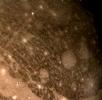
|
|||||

|
1999-02-06 | Ganymede |
Voyager |
VG ISS - Narrow Angle |
816x870x3 |

|
|||||

|
1999-03-06 | Jupiter |
Voyager |
VG ISS - Narrow Angle |
1000x1000x3 |
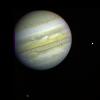
|
|||||
 |
 |
 |
 |
 |

|
|
| 1-100 | 101-200 | 201-300 | 301-400 | 401-500 |
| Currently displaying images: 1 - 100 of 477 |